Lining up the colours: Westridge Resources’ epithermal gold project in Mexico
About 40-minutes’ drive beyond a seaside resort town in Mexico, past tomato, mango and orange farms, Westridge Resources has optioned an 11,000 ha (105 sq. km) property. The Charay project (pronounced “cha-rye”) is a gold/silver epithermal system.
The Vancouver-based junior signed an agreement in principle to acquire the Charay project from Musgrove Minerals in May 2011 after due diligence by CEO Peter Schulhof and his team.
Westridge is in the middle of a 1,800 metre drilling program and has released some happy news about what company has found to date: drill holes showing the presence of bonanza grades in the property’s El Padre system, 0.75 meters at 204 gpt Au and 445 gpt Ag.
Thicker zones have graded 9.8 meters showing 18.78 gpt Au and 48.0 gpt Ag.
“We looked at so many projects to get to where we are,” says Schulhof.
- Map of Charay project, image from Westridge Resources
- Charay project, image from Westridge Resources
- Map of Charay project, image from Westridge Resources
Before settling on Charay last year, the company was working on a project on Vancouver Island. The project was satisfactory, but his team was hunting for an asset that could grow the company more agressively.
“Could [the Vancouver Island project] be a billion dollar mine? In all likelihood, no. Knowing that we were going to spend all the time and effort on building a remarkable project, it couldn’t be a ‘maybe’. It has to have all systems go,” says Schulhof.
Schulhof began hunting for new projects, tapping the mining community and sifting through leads. He estimates his team looked at 65 projects. A lot of projects bubbled up but none quite fit. Schulhof said a project in Kyrgyzstan got close, but the company decided it couldn’t move ahead because of geopolitical risks.
“There are some huge deposits over there—company-building, massive projects—but there is the concern of getting it to the finish line.”
Schulhof likens putting together the project and the business like working on a Rubik’s Cube.
“If you don’t get some of the pieces right, some of the colours on the Rubik’s Cube will never line up.”
The Charay project, located in the mining-friendly jurisdiction of Mexico, came his way through a tip from a Vancouver securities lawyer, Desmond Balakrishnan at McMillan LLP. Musgrove Minerals owned the property but was not able to advance it since the company had its hands full working on its Empire copper mine projects in Idaho.
The work to date on Charay looked intriguing. A 27-hole drill program in 2005 intersected a 250 m long mineralized section within 50m of surface on the El Padre vein, at a weighted average of 18.75 gm/T Au and 120.2 gm/T Ag over a true width of 1.14m, recalculated in 2010 at 20.3 gm/T Au and 123.7 gm/T Ag across 1.29m. Beyond that, there was little to no comprehensive historical exploration, and there were no workings deeper than 35m and no drill intercepts below ~50m depth.
- Chief Geologist John Drier
- Major Drilling at work
- Westridge Resources CEO Peter Schulhof on site at the core shack
The Charay property is classified as a low sulphidation, epithermal, gold-silver quartz vein with low base metal content. An epithermal vein forms near the Earth’s surface when hydrothermal fluids related to volcanism flow upward along earthquake faults.
Westridge Resources came up with an agreement in principle in May 2011 to take the property off Musgrove’s hands and began drilling some confirmation holes.
Drill results looked promising. Much of the mineralization was near surface and not eroded, making it easier to mine. And the length of the El Padre system grew with more of the same good grades. As Westridge was growing interested in the property, other sides of the Rubik’s Cube were starting to line up.
A rail line runs just five kms from the property, and one of Mexico’s major highways is just a short drive away. There is even a major power line that runs across the property.
“Power and water are already onsite, so we don’t have to dilute the company for infrastructure,” says Schulhof. “That was a huge factor for us, since that means if you have good mineralization, you can work with it. Every cost associated with pouring the ounce of the mineral takes away from your profitability. Everything adds up.”
The Charay project is also located further south, away from Mexico’s border and the troubled security region. The project is northeast of Los Mochis, an ocean-side city in the State of Sinaloa.
Another fit was his team. Westridge Resources’ chief geologist, John Drier, who joined the company before obtaining the Charay project, had previous experience in Mexico working on epithermal systems. He also speaks fluent Spanish.
Drier and his team are conversant on the history of epithermal systems in Mexico, using them to draw comparisons and data for their own project. The Tayoltita Mine in Durango, Mexico, had an estimated production of less than 19 million tonnes with gold grades of eight g/t and silver grades of 500 g/t. The Pachuca Mine in Hidalgo state produced 80 Mt at 2.5 g/t gold and 500 g/t silver.
Schulhof says the Charay system bears resemblances to the underground gold-silver El Peñón Mine, operated by Yamana Gold. The mine is located in northern Chile, about 160 kilometres southeast of Antofagasta.
“El Peñón is a very well-known mine in Chile. The epithermal system is very similar to ours. Its cover is a little bit thicker than ours but it is also in a flat-ish type area. The cut away on their vein and cut away on our vein are extremely similar.
- Cutting some rock samples
- Geologist Cesar Lemas, on right, examines some core samples
- Old mining equipment on the Charay project
“When you look at El Peñón, it started as a little 300m anomaly and nobody quite understood it. Gold was $250/oz. It was really hard to fathom whether it was worth spending money on it or not, because gold was really not that valuable and over time it was too irresistible and they kept working at it and working at it. As they worked at it, it grew into another vein and another vein. They realized they had enough mineralization to start mining. In the last decade, they pulled out three million oz.”
In August Westridge Resources signed a definitive agreement to options the Charay project from Musgrove Minerals.
Westridge Resources’ drilling program is well under way. Its most recent update was mid-March.
“Our mapping and trenching program has now demonstrated that the total, cumulative strike length of all vein features identified and inferred on the property is now reaching a total of 3,000 meters, more than ten times the strike length previously identified for the El Padre Vein,” said Schulhof.
“Worth noting is that we have explored far less than 1% of our 105 square kilometer Charay Project and we expect surface work to continue to identify more vein targets on the property.”
Price March 30, 2012: 55 cents
Shares Outstanding: 15,503,100
Shares Fully Diluted: 18,328,251
Fully Diluted Cash Position: $2,073,000
- Flowers and an orange grove near the Charay project
- Older mining activity on the Charay project
{{ commodity.name }}
{{ post.title }}
{{ post.date }}
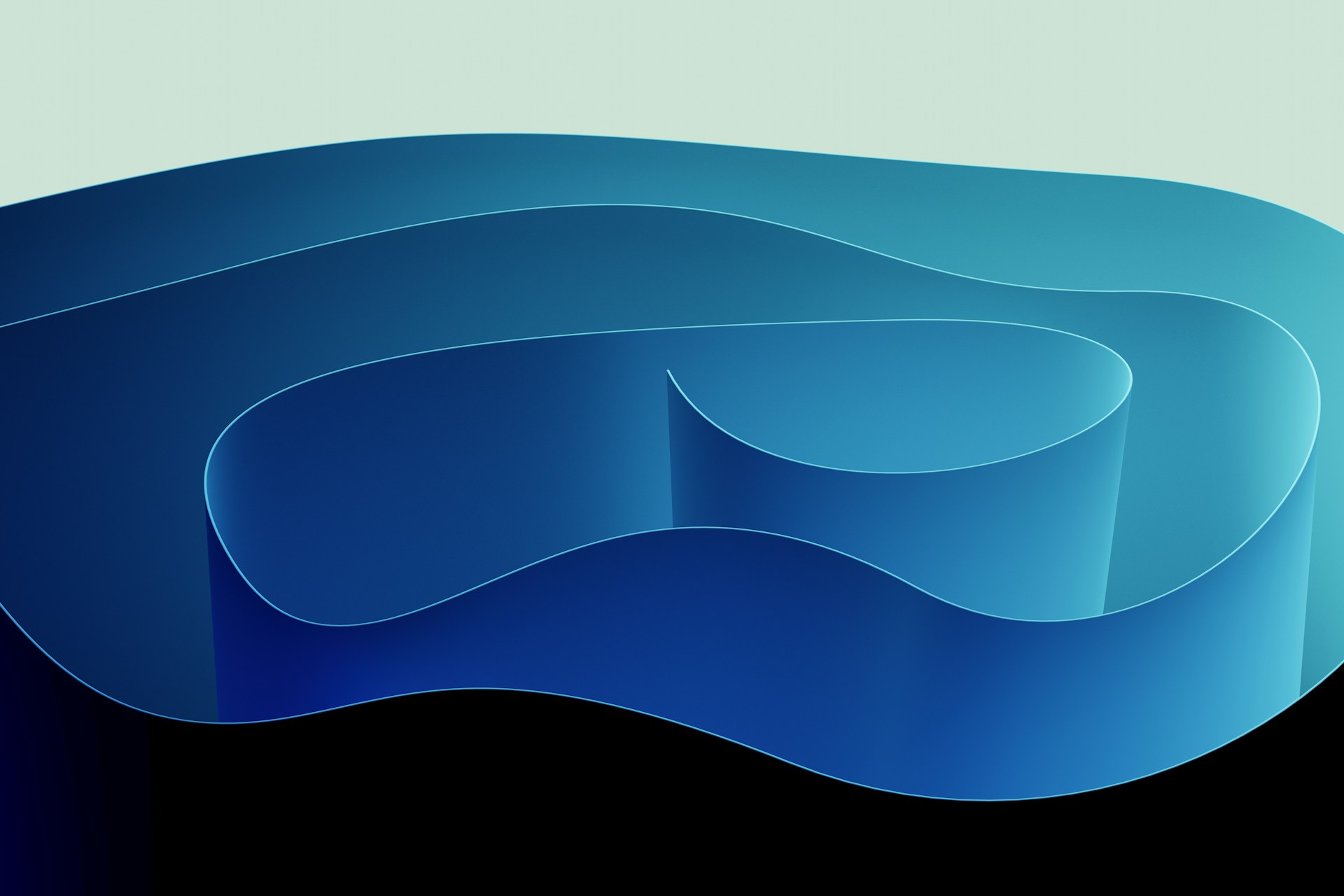
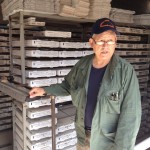

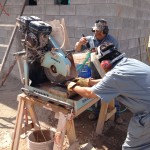
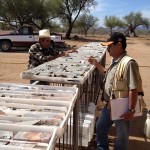


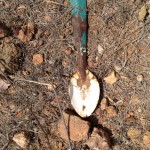
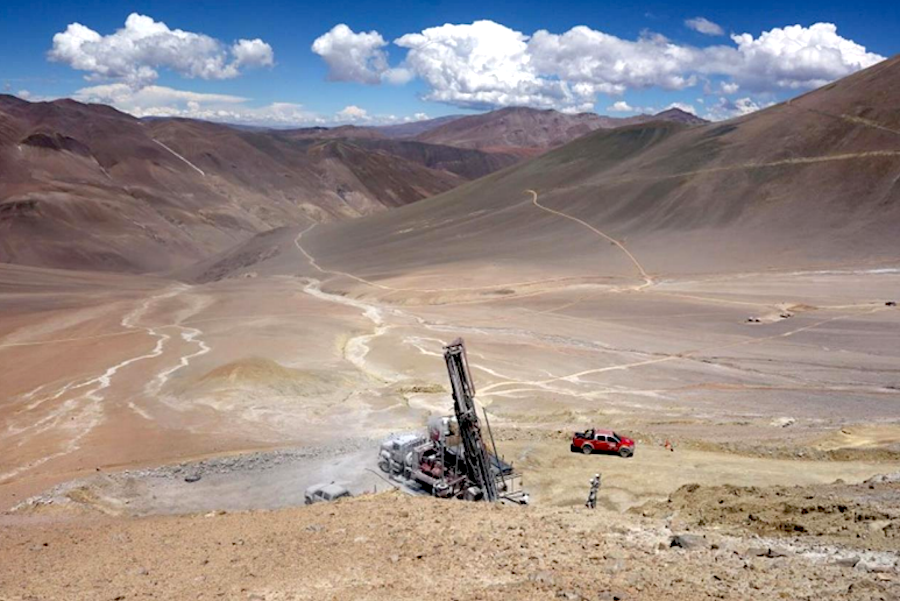
Comments